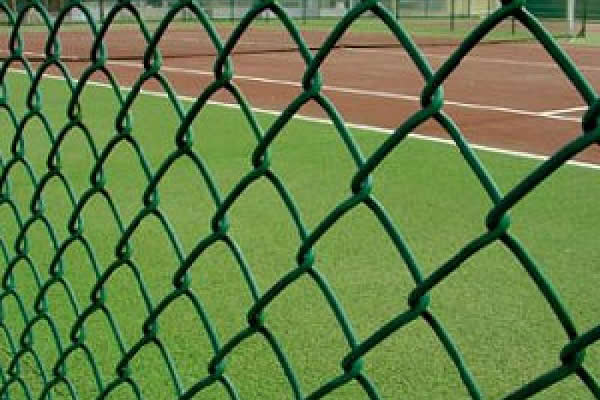 TEL:
+86-13102802206
TEL:
+86-13102802206
 Email:
fencenetting@china.com
Email:
fencenetting@china.com
 Language
Language
 TEL:
+86-13102802206
TEL:
+86-13102802206
 Email:
fencenetting@china.com
Email:
fencenetting@china.com
 Language
Language


Understanding the Pricing of Zinc Coated Barbed Wire
Barbed wire has long been a preferred choice for fencing due to its ability to deter intruders and livestock. Among the various types of barbed wire available in the market, zinc coated barbed wire stands out for its durability and resistance to corrosion. This article delves into the factors influencing the price of zinc coated barbed wire, its applications, and why it is deemed a valuable investment in security and agricultural operations.
What is Zinc Coated Barbed Wire?
Zinc coated barbed wire is made from steel wire that has been coated with a layer of zinc to protect it from rust and other forms of corrosion. The zinc coating enhances the longevity of the wire, making it suitable for both indoor and outdoor applications. This type of barbed wire is commonly used in agricultural settings, residential properties, and commercial purposes where security fencing is paramount.
Factors Affecting the Price
1. Material Quality The price of zinc coated barbed wire is significantly influenced by the quality of the raw materials used. For instance, high-grade steel will naturally command a higher price. The thickness and gauge of the wire also play a crucial role; thicker wires tend to be more expensive due to the amount of material used and their enhanced strength.
2. Zinc Coating Process The method of applying the zinc coating can affect pricing as well. Hot-dip galvanizing is a common process that provides a thicker coating, offering better protection against corrosion, which subsequently raises the cost. In contrast, electro-galvanized wire has a thinner coating and is generally less expensive, but it may not hold up as well in harsh environments.
3. Market Demand and Supply Like any commodity, the price of zinc coated barbed wire is subject to fluctuations based on supply and demand dynamics. During periods of increased agricultural activity or construction, demand for fencing materials may surge, driving up prices. Conversely, during economic downturns, the demand may fall, resulting in lower prices.
4. Geographical Location Prices can vary significantly based on geographic location. In regions where raw materials are abundant or manufacturing costs are lower, you may find more competitive pricing. Conversely, remote areas may experience higher prices due to transportation costs.

5. Gauge and Length Barbed wire comes in various gauges (thickness) and lengths. Thicker wires and longer rolls typically cost more. When purchasing zinc coated barbed wire, it's essential to consider the specific requirements of your project to choose the right gauge and length, thus balancing cost and effectiveness.
Applications of Zinc Coated Barbed Wire
Zinc coated barbed wire is versatile and can be used for numerous applications
- Agricultural Fencing Farmers often utilize this type of fencing to secure crops and livestock. Its durability ensures that it can withstand the elements while keeping animals contained.
- Security Fencing In both residential and commercial settings, zinc coated barbed wire serves as a formidable deterrent against intruders. It is often installed atop chain-link fences or walls to enhance security.
- Construction Sites Temporary fencing constructed from zinc coated barbed wire is commonly seen around construction sites, preventing unauthorized access and protecting valuable assets.
Conclusion
The pricing of zinc coated barbed wire is influenced by a myriad of factors, from material quality to market dynamics. Despite the potential for higher upfront costs compared to non-coated wire, the long-term benefits of durability and reduced maintenance often justify the investment. For those in sectors requiring security and fencing solutions, understanding these price determinants can help make informed purchasing decisions, ensuring that the right type and quality of barbed wire is chosen for specific needs. As demand continues to evolve, staying abreast of market trends will be essential for both consumers and suppliers in navigating the complexities of barbed wire pricing.